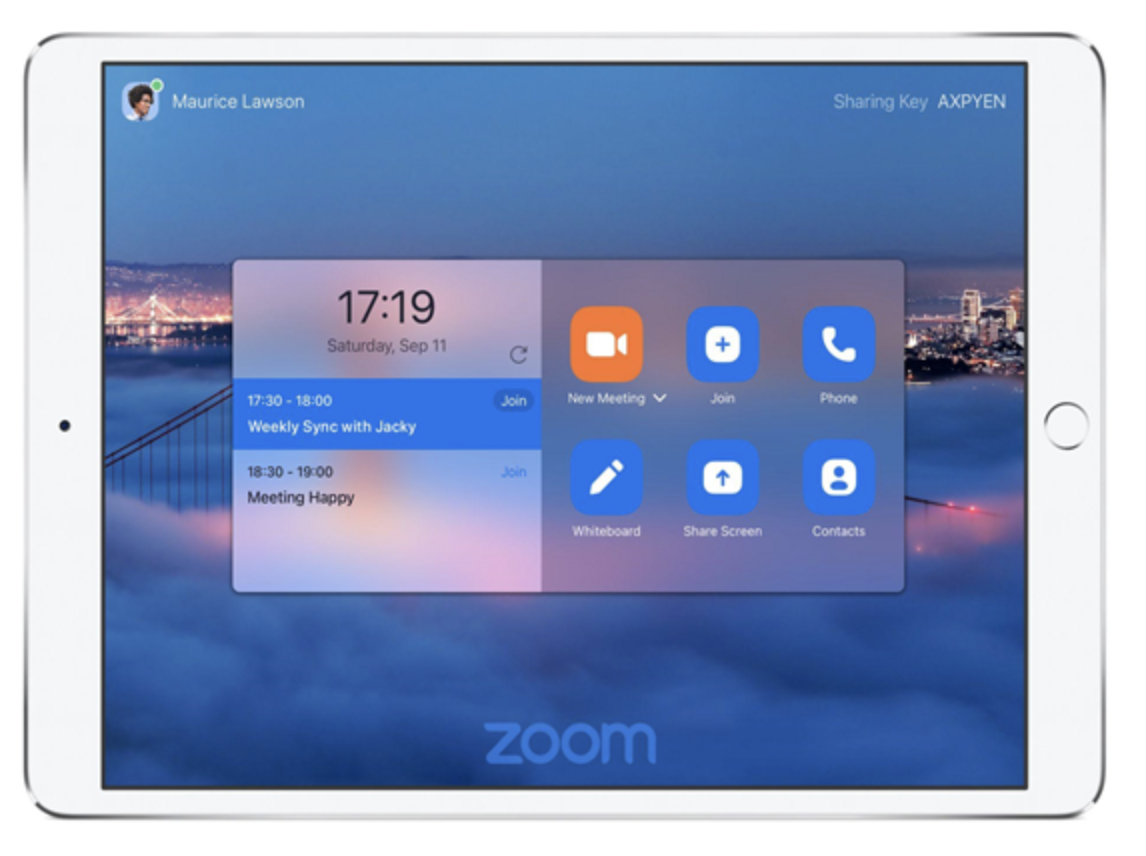The latest releases span, chat, security, video, hybrid work, Zoom Phone and Zoom’s development tools.
The new SDK offering lets developers list their Android, iOS, MacOS and Windows applications on the Zoom App Marketplace, increasing their distribution channels.
A security update also means that end users can authorise their apps using their existing Zoom credentials, using OAuth 2.0. Meanwhile, Active Apps Notifier lets meeting participants know when a user is running an application that is accessing meeting content, such as a chat and files.
The final SDK announcement is the introduction of Component View for the SDK for web, which lets developers embed Zoom Meetings as a module in web pages.
The different components of Zoom’s meeting platforms – such as the menu bar and chat window – can be moved and placed where developers want them to be on the page. Find out more about Component View here.
Zoom recommends that developers upgrade their Meeting SDK apps to version 5.9.0 as soon as possible.
In other updates across the platform, users can now schedule meetings to start with its Focus Mode turned on, meaning there are less distractions. Custom gallery views can also now be saved meaning that recurring meetings, with the same meeting ID, will retain their format.
In chat, GIFs added from GIPHY will now first appear in the message compose box, meaning that text can be added to the message before it is sent.
Meanwhile, Zoom is introducing video mail to Zoom Phone, which lets users greet callers with video and also leave video messages instead of standard voicemail.

An update to Zoom’s Power Pack – which is an add on for users that handle and transfer calls – lets users search for contacts and transfer calls from directly in the Power Pack experience.
Zoom Rooms
With businesses at various stages of their hybrid work journeys, Zoom has released a number of updates to help users work wherever they are.
Workspace Reservations, previously known as Hot-Desking, will be available in public beta this month and lets users secure workspaces in an office using an interactive map from both in the office and remotely.
Local-only screenshare, which lets an individual user read notes without sharing the screen with other meeting participants, has also been expanded to Mac and Windows devices – having previously only been available on Zoom Rooms Appliances.
Zoom for Home has been expanded to now include the Apple iPad, having previously only been available with Zoom Appliances.

The Zoom application has also been made available on Amazon’s Fire smart TV – the Omni Series.

In Zoom Events, hosts can now control which event notifications and emails they want to send out to attendees. Greater flexibility has also been added to registration questions, meaning hosts can change these questions once an event has been ‘published’.
Security
Three security updates have been revealed by Zoom, for Meetings and Video Webinars.
An update for the Zoom desktop client stops Outlook and Google Calendar showing meeting details that are obtained through calendar integration for the host and anyone with scheduling privileges if an event is private.
Extra webinar protection means that hosts can mandate that panellists have to sign in with the email address that they registered with, while they will be prompted if they try to use a different address.
Thirdly, access to cloud recordings can now be granted to external email addresses, simplifying workflows for sharing recordings with people outside of a user’s organisation.
from UC Today https://ift.tt/3mwvwH0




0 Comments